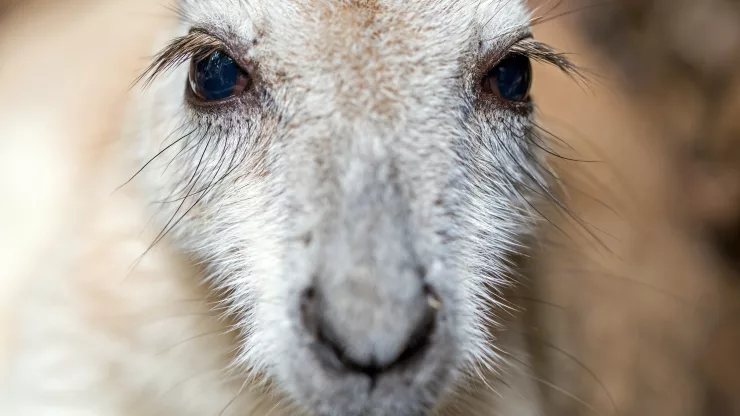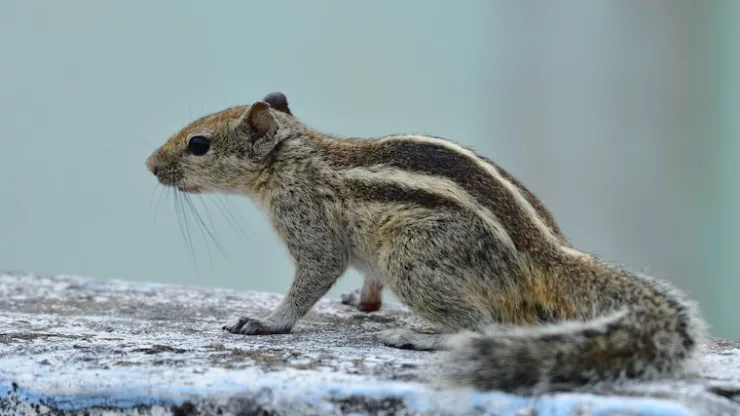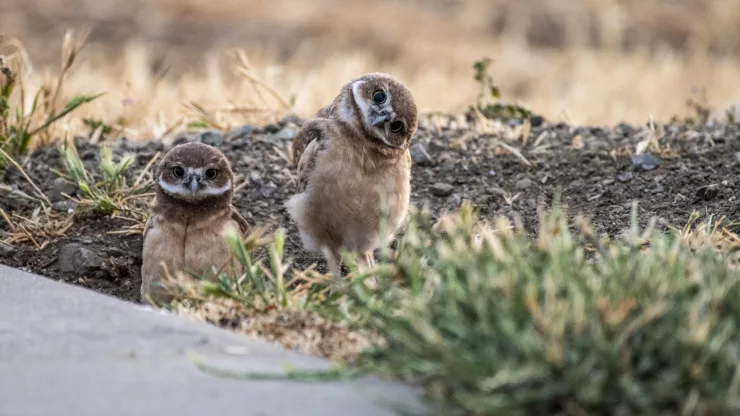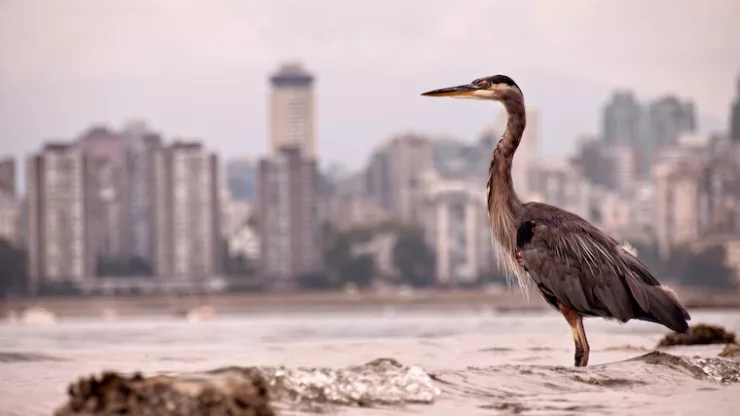As cities continue to grow and expand, the natural world is often pushed aside. However, there is a growing movement to restore wildlife habitat in urban areas.
Urban wildlife habitat restoration involves creating and restoring natural areas within cities to provide habitat for a variety of species.
In this article, we will explore the importance of urban wildlife habitat restoration, the challenges faced in accomplishing this goal, and strategies for success.
Jump to Section
Introduction
Urbanization has led to a loss of natural habitat, which has resulted in a decline in biodiversity in many cities.
Urban wildlife habitat restoration aims to reverse this trend by creating spaces for wildlife to thrive.
These spaces can include parks, green roofs, and community gardens. Restoring urban wildlife habitat not only benefits wildlife but also provides numerous benefits to humans.
The Importance of Urban Wildlife Habitat Restoration
Restoring urban wildlife habitat is crucial for several reasons. First, it helps to increase biodiversity in cities, which is essential for maintaining healthy ecosystems.
Second, it provides important habitat for wildlife, including birds, insects, and small mammals.
Third, it can help to mitigate the effects of climate change by reducing the urban heat island effect and improving air quality.
Benefits of Restoring Wildlife Habitat in Cities
There are several benefits to restoring wildlife habitat in cities, including:
- Increased biodiversity
- Improved air quality
- Reduced urban heat island effect
- Improved mental health for humans
- Increased property values
- Reduced stormwater runoff
Challenges in Urban Wildlife Habitat Restoration
While there are many benefits to urban wildlife habitat restoration, there are also several challenges that must be addressed.
Urbanization and Habitat Fragmentation
Urbanization has resulted in the fragmentation and loss of natural habitat, which has made it difficult for wildlife to survive in cities.
As cities expand, they often encroach on natural areas, leading to habitat loss and fragmentation.
Impacts of Urbanization on Wildlife
Urbanization has several impacts on wildlife, including:
- Loss of habitat
- Fragmentation of habitat
- Increased exposure to predators
- Exposure to pollution and toxins
- Increased risk of collisions with cars and buildings
Invasive Species
Invasive species are another challenge in urban wildlife habitat restoration.
Invasive species can outcompete native species for resources, leading to a decline in biodiversity.
Effects of Invasive Species on Urban Wildlife
Invasive species can have several negative effects on urban wildlife, including:
- Outcompeting native species
- Altering ecosystems
- Reducing biodiversity
- Contributing to the loss of native habitats
Climate Change
Climate change is another challenge in urban wildlife habitat restoration. As temperatures rise, many species are forced to adapt to new conditions or face extinction.
How Climate Change Affects Urban Wildlife Habitat
Climate change has several impacts on urban wildlife habitat, including:
- Changes in temperature and precipitation patterns
- Changes in the timing of seasonal events
- Changes in the distribution of species
Strategies for Urban Wildlife Habitat Restoration
Despite the challenges, there are several strategies that can be employed to restore wildlife habitat in urban areas.
Creating Green Spaces
Creating green spaces, such as parks and gardens, is an effective way to restore wildlife habitat in cities.
Benefits of Green Spaces for Urban Wildlife
Green spaces provide several benefits for urban wildlife, including:
- Habitat for a variety of species
- Food and water sources
- Breeding grounds
- Protection from predators
Native Planting
Planting native species in urban areas is another effective strategy for restoring wildlife habitat.
Importance of Planting Native Species in Urban Areas
Native species are adapted to the local environment and provide important habitat for wildlife. They also require less maintenance than non-native species.
Urban Agriculture
Urban agriculture can also benefit wildlife by providing habitat and food sources.
How Urban Agriculture Can Benefit Wildlife
Urban agriculture can benefit wildlife in several ways, including:
- Providing habitat for pollinators
- Providing food sources for birds and small mammals
- Providing green space in urban areas
Green Infrastructure
Green infrastructure, such as green roofs and rain gardens, can also be used to restore wildlife habitat in cities.
Role of Green Infrastructure in Urban Wildlife Habitat Restoration
Green infrastructure provides habitat for a variety of species and can also help to mitigate the effects of climate change by reducing the urban heat island effect and improving air quality.
Case Studies
Several successful urban wildlife habitat restoration projects have been implemented around the world.
Examples of Urban Habitat Restoration in Cities
Examples of successful urban habitat restoration projects include:
- The High Line in New York City
- The Millennium Park in Chicago
- The Cheonggyecheon River Restoration Project in Seoul, South Korea
Challenges and Lessons Learned
Obstacles and solutions in urban wildlife habitat restoration include:
- Limited funding
- Lack of public support
- Need for community engagement
Conclusion
Restoring wildlife habitat in urban areas is essential for maintaining healthy ecosystems, providing habitat for wildlife, and mitigating the effects of climate change.
While there are several challenges to urban wildlife habitat restoration, there are also several effective strategies that can be employed.
By creating green spaces, planting native species, implementing urban agriculture, and using green infrastructure, cities can bring nature back to urban areas.
The Future of Urban Wildlife Habitat Restoration
The future of urban wildlife habitat restoration is bright.
As more people become aware of the importance of maintaining healthy ecosystems and the benefits of restoring wildlife habitat in cities, we can expect to see more projects implemented in the years to come.
FAQ
What is urban wildlife habitat restoration?
Urban wildlife habitat restoration involves creating and restoring natural areas within cities to provide habitat for a variety of species.
Why is urban wildlife habitat restoration important?
Urban wildlife habitat restoration is important for several reasons, including increasing biodiversity, providing important habitat for wildlife, and mitigating the effects of climate change.
What are some strategies for urban wildlife habitat restoration?
Strategies for urban wildlife habitat restoration include creating green spaces, planting native species, implementing urban agriculture, and using green infrastructure.
I’m a nature enthusiast and creator of Metro Wilds and have spent years exploring the great outdoors.
With a passion for environmental conservation and sustainability, I have dedicated my career to writing about the beauty and wonders of nature, as well as the threats facing our planet.
Contact me at [email protected] for assistance.





